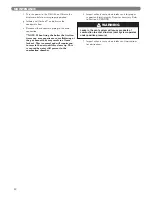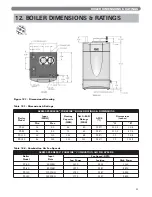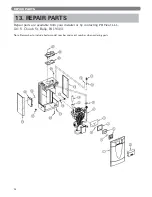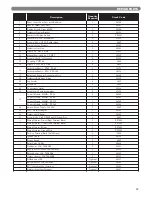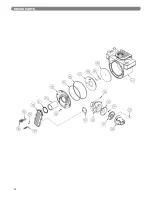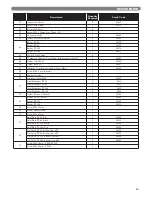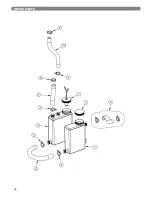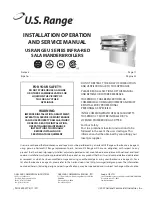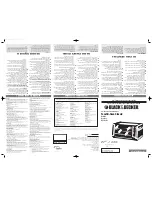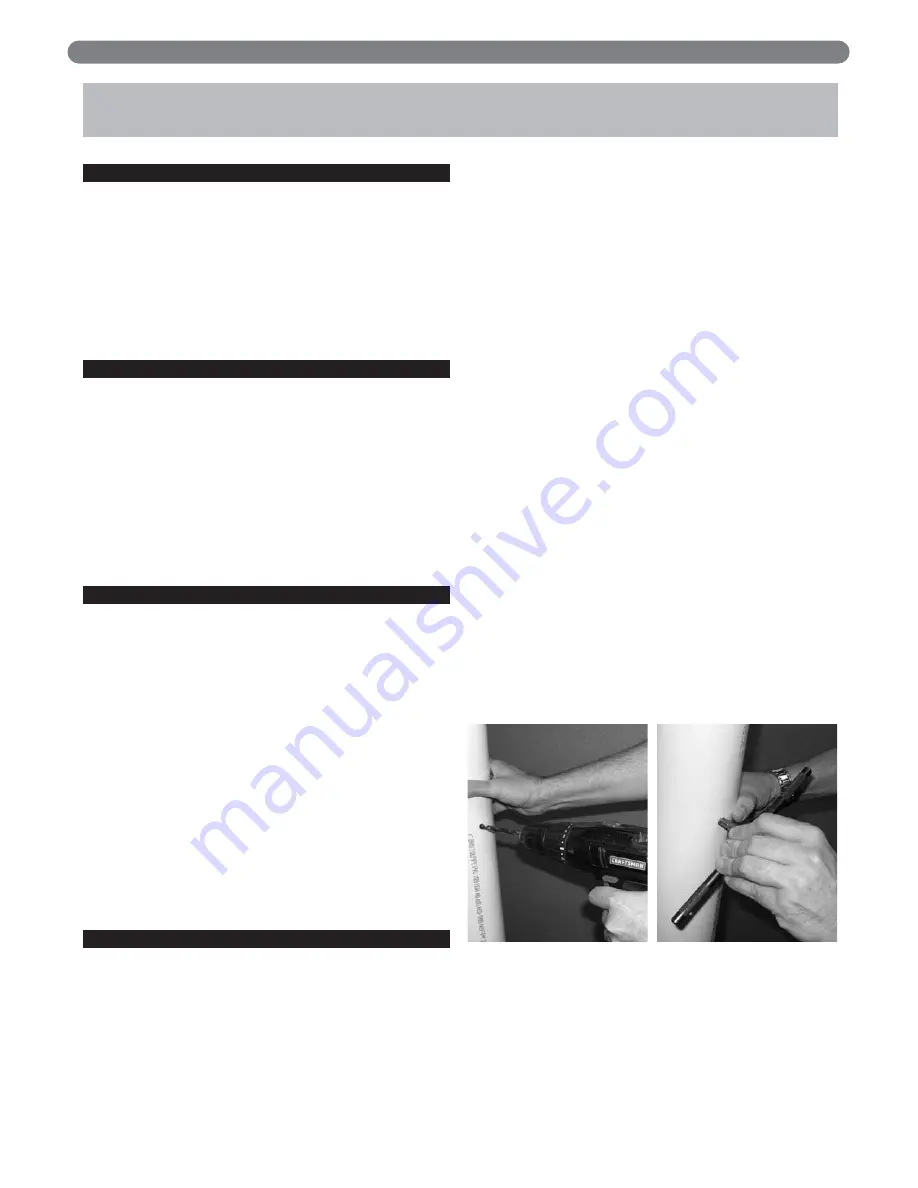
41
A. GENERAL
1. Confirm that all water, gas and electricity are turned off.
2. Verify that the water piping, venting & air intake
piping, gas piping, electrical wiring and electrical
components are installed in accordance with the
manufacturer’s instructions. Be sure that the boiler is
installed in accordance with this manual and good
engineering practice.
3. Turn on electricity and gas to the boiler
B. CHECK WATER PIPING
1. Fill the boiler and system with water, making certain
to purge all air from the system. Open each vent in
the system until all air is released and water begins to
be discharged. Then close the vent.
2. The pressure reducing valve on the fill line will
typically allow the system to be pressurized to 12 PSI.
Consult manufacturers instructions for operation of
the valve and expansion tank.
3. Check joints and fittings throughout the system and
repair as required.
C. CHECK GAS PIPING
1. Turn on gas to the boiler using the shut-off valve
upstream of the sediment trap. Be sure that the gas
shut-off valve supplied with the boiler is in the closed
position.
2. Connect a manometer to the gas supply upstream of
the supplied manual gas valve.
3. Confirm that the gas supply pressure to the boiler is
between the minimum and maximum values as
indicated in Section 5.
4. If a supply pressure check is required, isolate the
boiler and gas valve before performing the pressure
test. If the supply pressure is too high or too low,
contact the fuel gas supplier.
5. Double check the fuel gas supply pressure after the
boiler is running to be sure that the pressure doesn’t
drop off significantly under operation.
D. CHECK OPERATION
1. Either disconnect or set CH thermostat and DHW
tank thermostat to assure that no call for heat.
2. Turn on electricity and all manual gas valves to the
boiler. Check to see if the LCD display is lit. The
control will display, “Standby”.
3. Refer to Section 8, Boiler Control, to set up the
control for the desired operation.
4. Use the ignition sequence, Figure 8.1 to follow the
light off and shutdown sequences and to assist in
troubleshooting operation problems. If the boiler does
not function properly, consult Section 10,
Troubleshooting.
5. After starting the boiler, be certain that all controls are
working properly and that the combustion is properly
set up. Paragraphs 6 and 7 below provide instructions
on how to do this.
6. Check that the boiler will shut down when the supply
water temperature reaches the control setpoint.
a. Note the boiler setpoint by accessing the User
Menu, Status Display. Press the “Menu” key on
the keypad. Choose Status by pressing the “Select
Key”. Use the “
M
” and “
L
” key to scroll through
the CH and DHW setpoints. Refer to Appendix B
for the User Menu.
b. Use the System Test Mode in the Installer Menu to
choose High Input Power.
c. Monitor the boiler temperature on the temperature
gauge (supplied for field mounting) and on the
Status display.
d. The boiler should shut down at the boiler setpoint
plus 10°F (5.6°C). If it does not shut down turn off
the boiler and contact your PB Heat representative.
7. Check combustion readings in the boiler vent pipe.
a. Drill and tap a 1/8" NPT threaded hole in the
boiler vent pipe within 12" (305 mm) of the boiler
vent connection. (21/64" Drill and 1/8" NPT Pipe
Tap recommended) This is to be used as the
combustion test port for the combustion analyzer.
See Figure 9.1.
b. Using a combustion analyzer with the capability to
read carbon dioxide (CO
2
) and carbon monoxide
(CO), place the probe into the combustion test
port. See Figure 9.2.
c. Manually set the boiler to Maximum power by
entering the System Test Mode. See Appendix C,
Installer Menu.
START-UP PROCEDURE
9. START-UP PROCEDURE
Figure 9.1: Drill and Tap Combustion Test Port
Summary of Contents for PF-110
Page 30: ...28 ELECTRICAL CONNECTIONS Figure 7 4 Internal Wiring Schematic ...
Page 56: ...54 REPAIR PARTS ...
Page 58: ...56 REPAIR PARTS ...
Page 60: ...58 APPENDIX A STATUS SCREENS APPENDIX A STATUS SCREENS ...
Page 61: ...59 APPENDIX A STATUS SCREENS ...
Page 62: ...60 APPENDIX A STATUS SCREENS ...
Page 63: ...61 APPENDIX B USER MENU APPENDIX B USER MENU ...
Page 64: ...62 APPENDIX C INSTALLER MENU APPENDIX C INSTALLER MENU ...
Page 65: ...63 APPENDIX C INSTALLER MENU ...
Page 66: ...64 APPENDIX C INSTALLER MENU ...
Page 68: ...66 NOTES ...
Page 69: ...67 NOTES ...
























